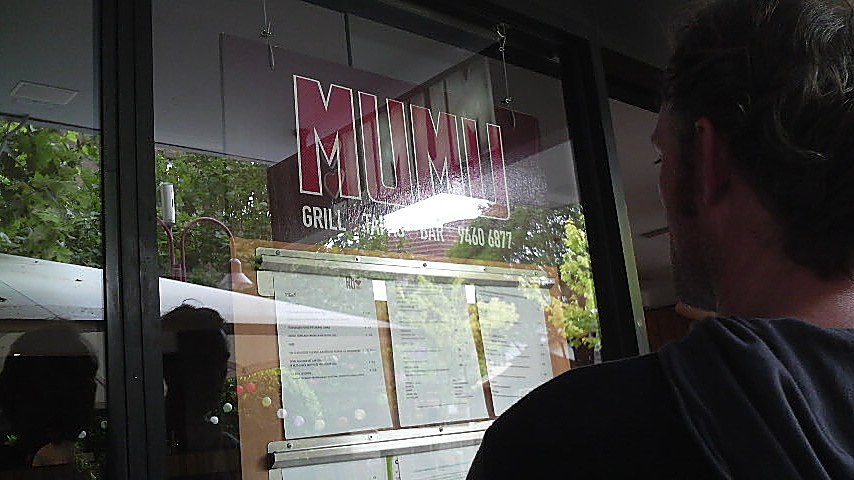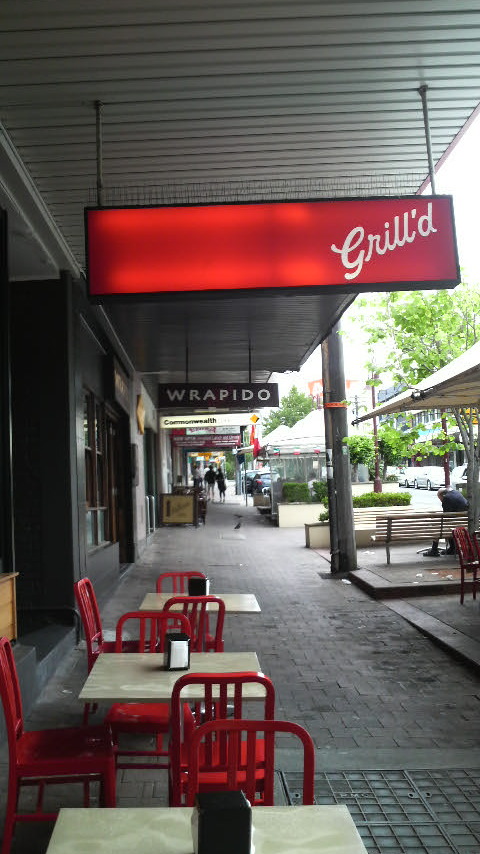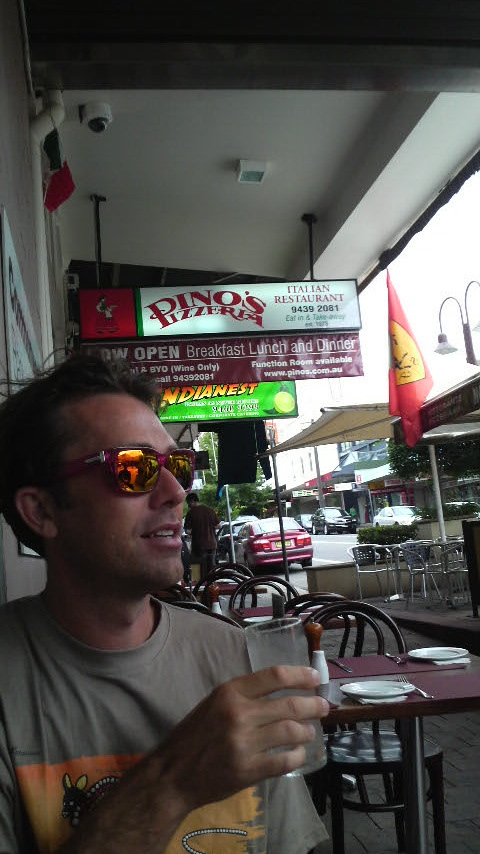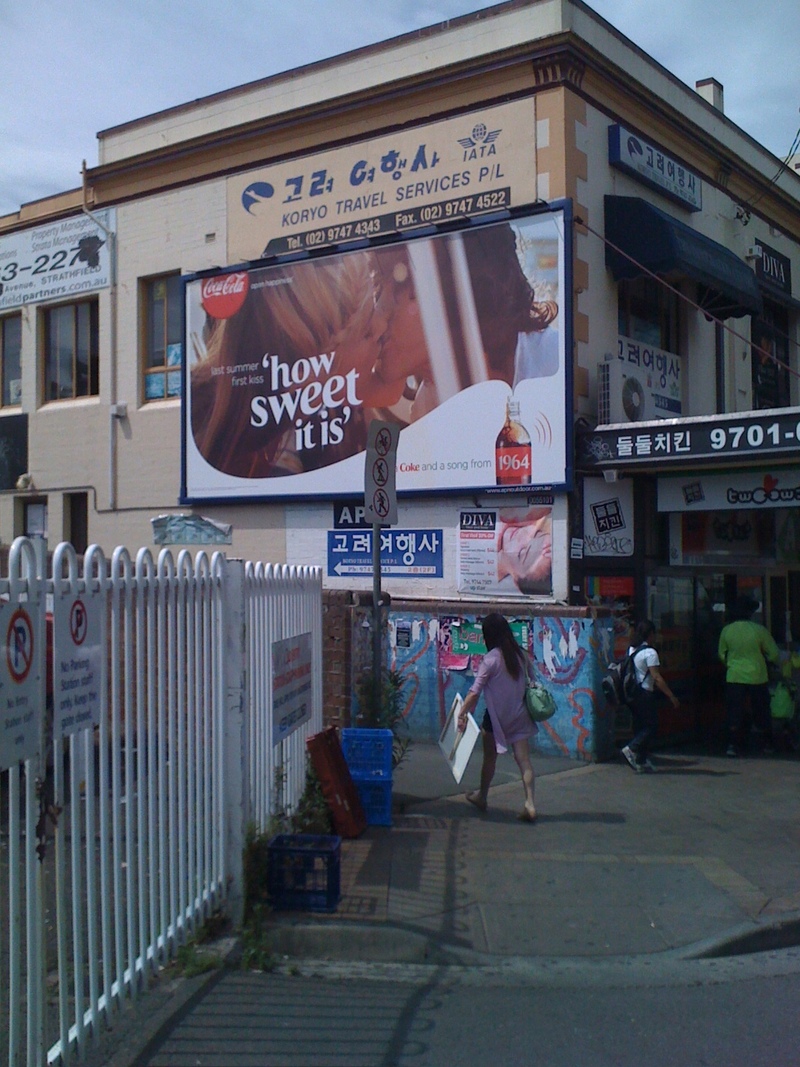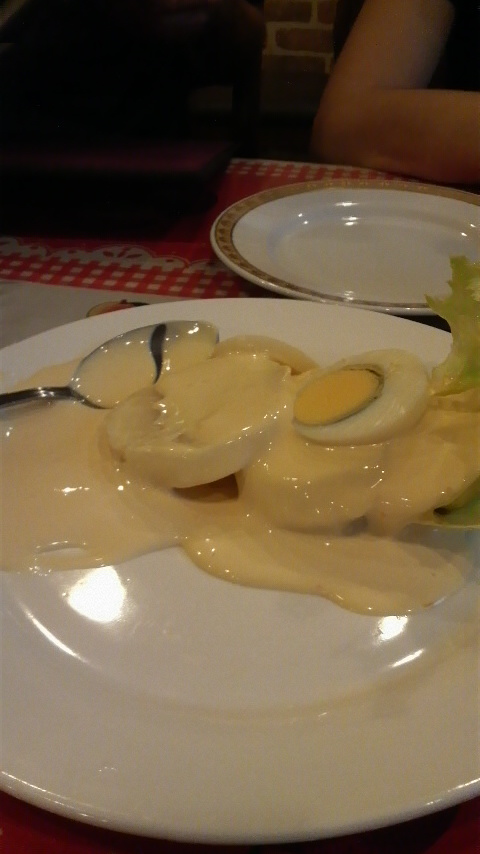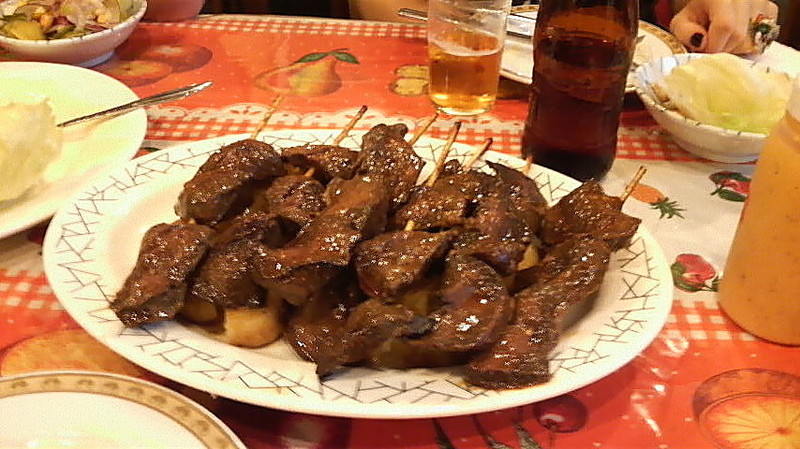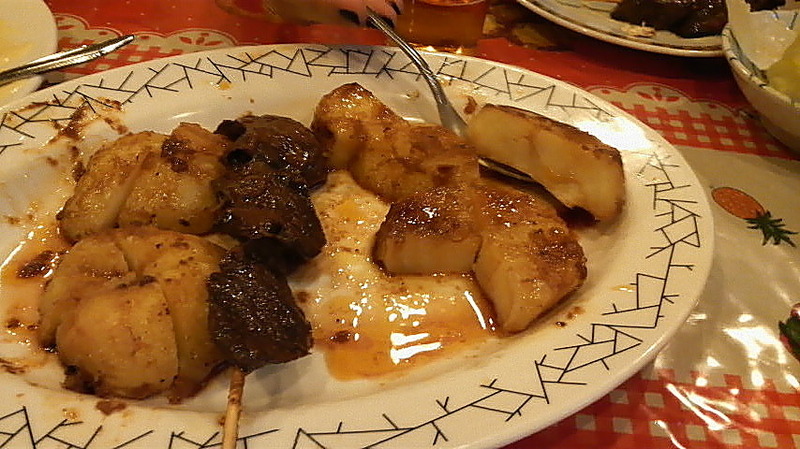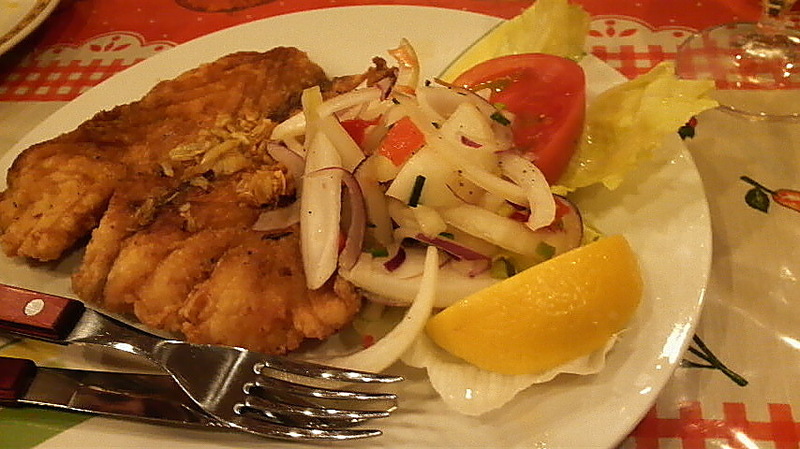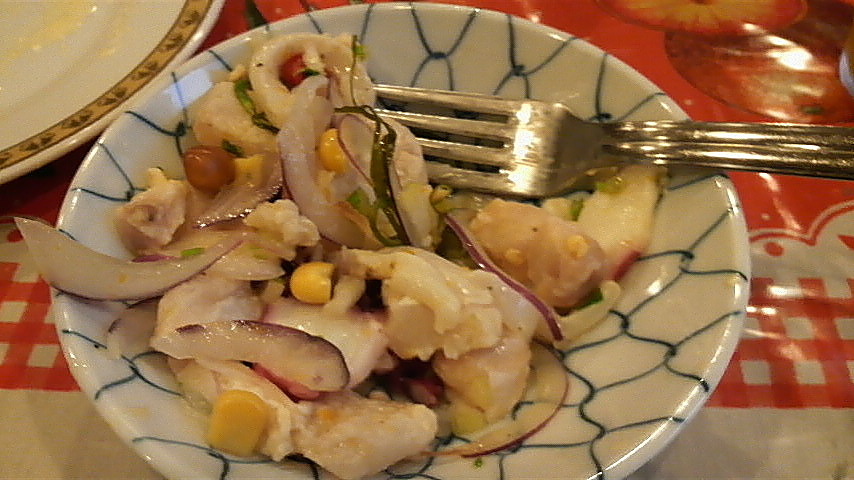 |
| Pork gets loaded into my baguette, in Ho Chi Minh City (Vietnam, 2010) |
"Why isn't the bread warm?" she sniveled. As you can see from the photo above, the loaves in the stand do indeed look kind of wilted. And having stale bread is the worst offence when it comes to street Bánh mì in Ho Chi Minh City, or anywhere in the world. "This isn't fresh, and it is probably yesterday's bread," Nga declared. Which condemned it to instant fail, in her mind at least. As much of a fail as if it had contained fish! But I still enjoyed it.





